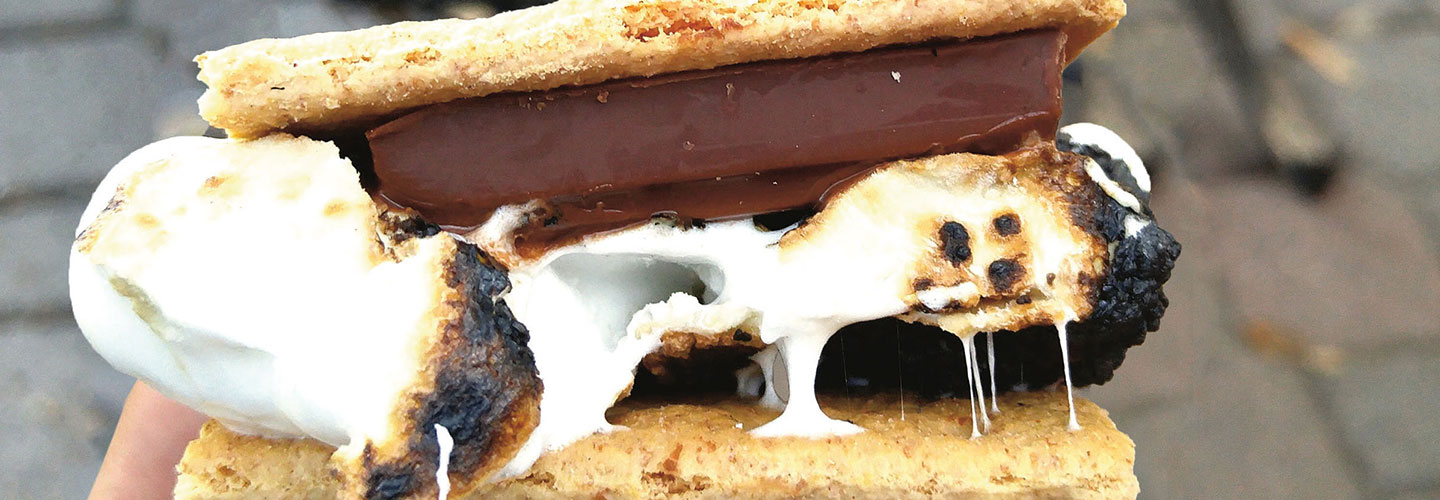Did you know that August 10 was National S’mores Day? Don’t worry if you missed it; it’s not exactly a well-known holiday. To help you celebrate (slightly belatedly), Science World investigates what it takes to transform chocolate, graham crackers, and marshmallows into the sweet goodness of s’mores.
Did you know that August 10 was National S’mores Day? Don’t worry if you missed it. It’s really not a well-known holiday. But we’re helping you celebrate (a little late). Science World looks at what it takes to change chocolate, graham crackers, and marshmallows into the sweet goodness of s’mores.

